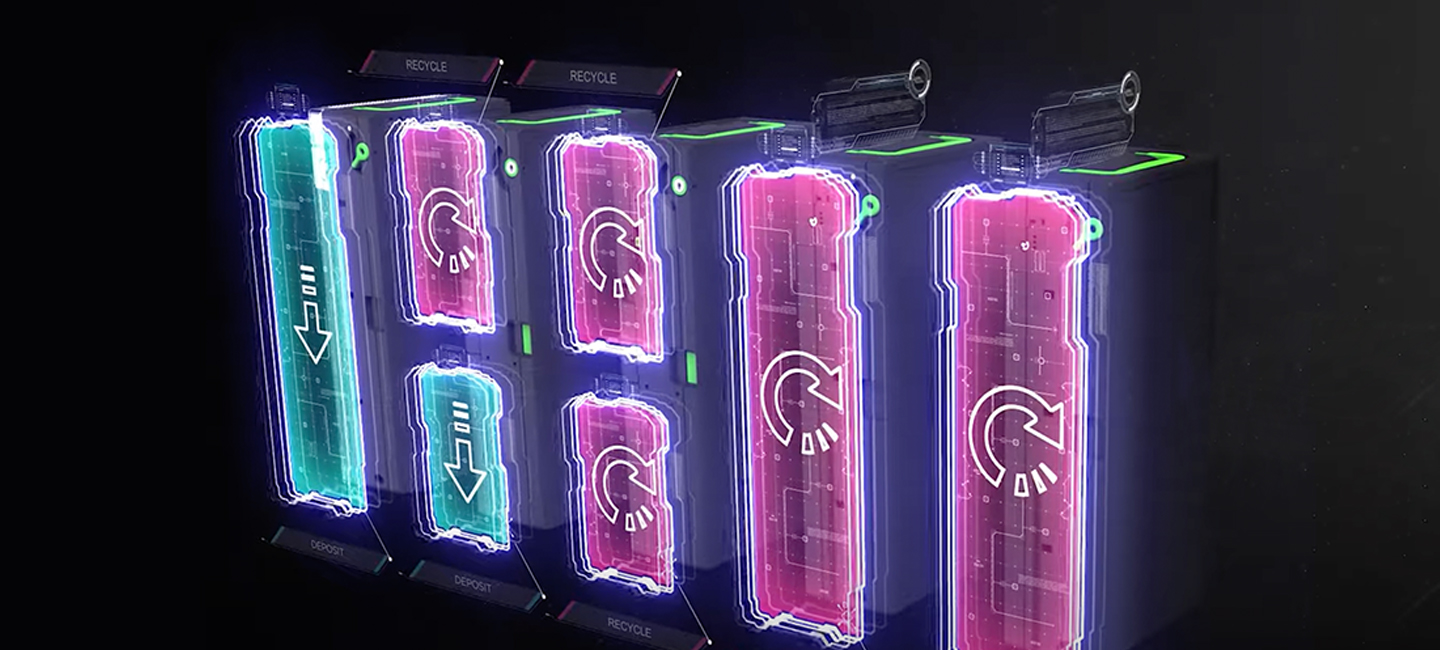
March 13, 2024 | STEPHAN MAASS
While the concept of cash recycling at the ATM is simple on paper, to unlock its full potential there are a few things you will need to consider. One factor that is often overlooked is the right choice and configuration of the cassettes. The volume and number of transactions as well as the denomination mix varies between ATMs. In many cases, the location plays a key role in who uses your ATMs and how. So, using a standard configuration for all your ATMs may be inefficient. Have you ever thought about it? If not, you should start now.
The difference between using a standard versus an optimized configuration can reduce the number of CIT visits at your ATM by more than 50%. So, it really matters how you decide to use the cassette slots you have in your ATM.
Let’s start with the different types of cassettes and what benefits they can provide:
The standard or single recycling cassette
This cassette may come in different forms and sizes, but they all can take notes that are deposited into the ATM and then dispense them again. This can only be done with one denomination at a time, so each recycling cassette is configured for one denomination. For recycling cassettes that are configured to handle denominations with high volumes, a high storage capacity is beneficial.
The all-in cassette
This cassette is necessary in any cash recycling device. Notes that are deposited here are:
It cannot dispense notes once they have been stored inside, but other than the recycling cassette, it can store notes of different denominations. Once this cassette is full, it needs to be removed by a cash-in-transit (CIT) company or emptied manually in the back office, so you’ll want to have a large capacity in your all-in cassettes.
The dual recycling cassette
While the previous two types can be found in any cash recycling device, dual recycling cassettes are not offered by every manufacturer. However, they offer a few key benefits that can greatly improve the flexibility of a cash recycling device. As the name suggests, a dual recycling cassette is a single cassette, separated into two compartments. Both can recycle notes, but here each compartment can handle its own denomination. This means you can expand the number of denominations handled at a single device without increasing the footprint. You can use them for lower volume denominations – as the capacity of the two compartments is often a bit lower – or for denominations where you know you have a constant in-out flow. By maximizing the number of recycling denominations, multi-currency or foreign exchange use cases at the ATM become possible, which can be used to generate additional revenue at your self-service channel.
The recycling and-all-in cassette
This is another type of cassette you don’t see everywhere. It also has two compartments but only one of them can recycle notes. The other is an additional deposit compartment like the all-in box. This can come in handy in a few different cases.
In cases like these the additional deposit compartment can come in handy while the other compartment in cassette can still be used for recycling. As a result, the number of recycling denominations doesn’t need to be reduced to accommodate the added deposit compartment.
With these four cassette types, you can build a configuration that best fits your ATMs’ transaction mix. This can create a considerable reduction in your operating costs by reducing the number of CIT interventions. And as fewer CIT visits means, fewer miles driven in an armored vehicle you get an added benefit of reducing CO2 emissions.
Cassette optimization works even better when the cassettes can easily be switched by just taking one out and putting another in without any additional hardware adjustments to the device. A plug-and-play solution so to speak.
In our fourth-generation cash recycling engine, RM4V, we offer just that: four types of cassettes that can be easily switched and offer up a new world of flexibility for your cash recycling device, combined with market-leading capacity. Would you like to learn more? Then visit us at DieboldNixdorf.com/CashRecycling or contact your Diebold Nixdorf associate today.
The cash recycling engine is the heart of the ATM. The RM4V is the culmination of Diebold Nixdorf’s 25+ years of experience and expertise in designing, developing, and building cash recycling engines that are flexible, available, and scalable.
VIDEO ANSEHEN